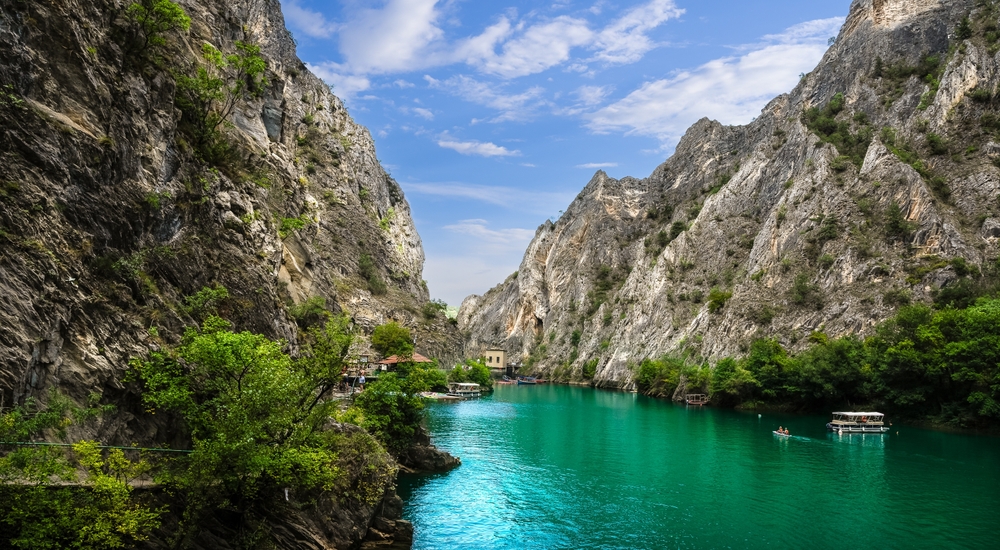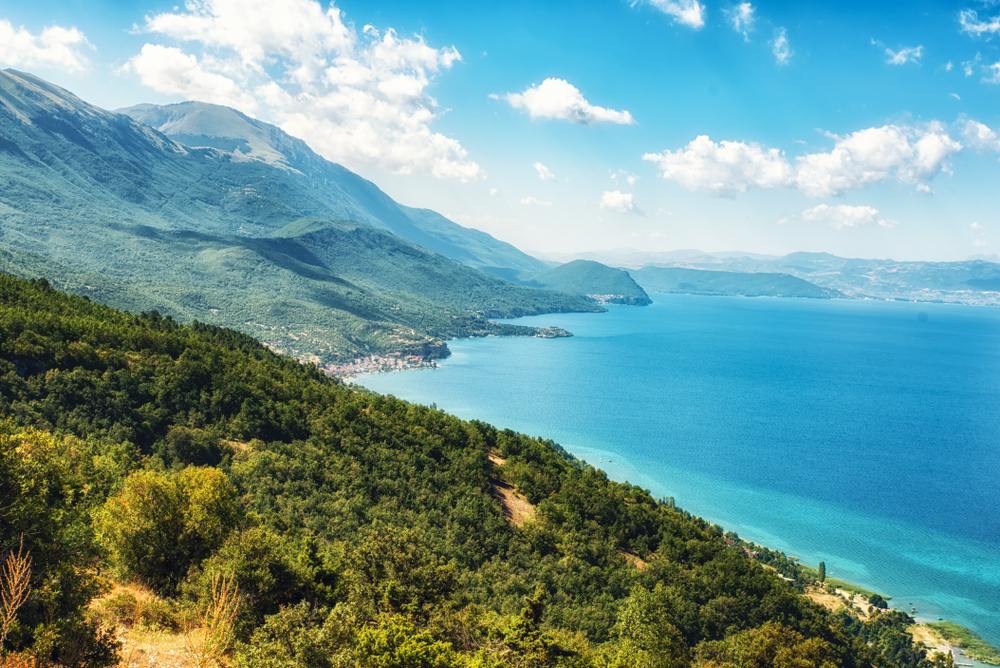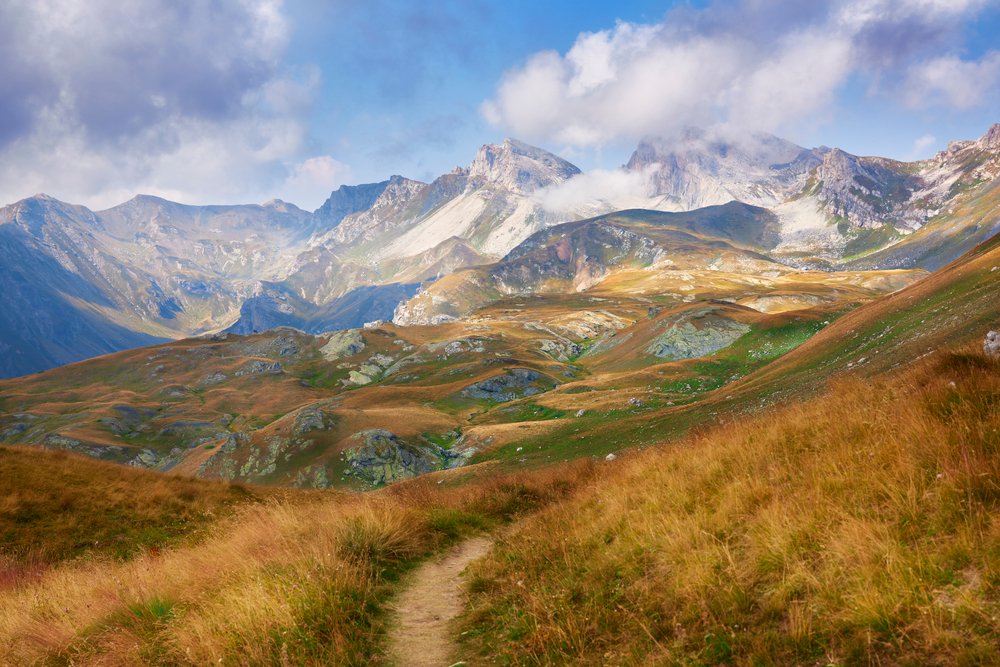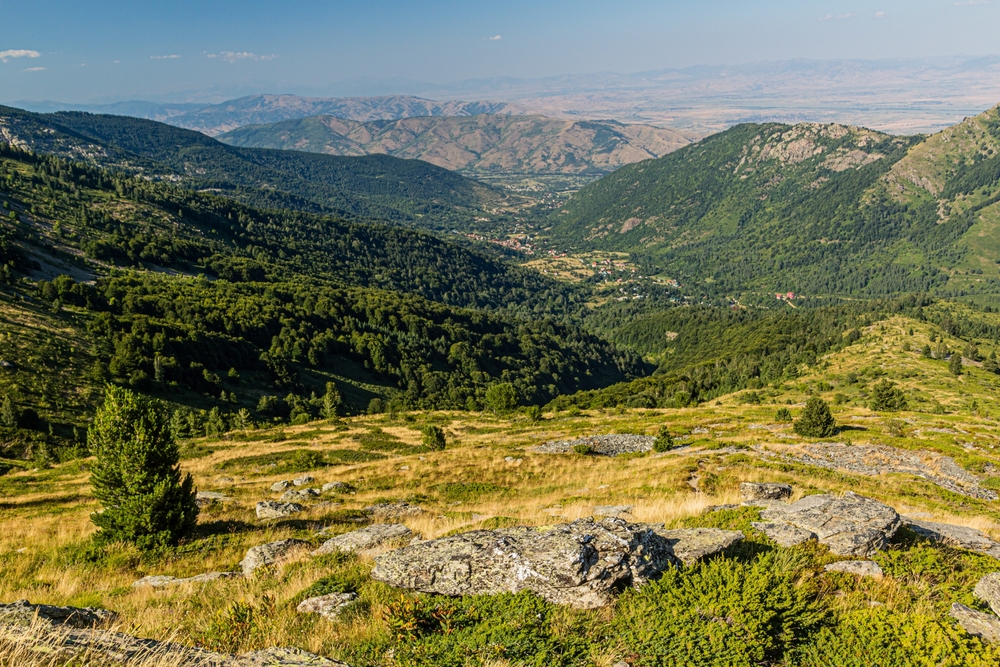North Macedonia is home to three officially designated national parks, each showcasing the country’s extraordinary natural beauty and ecological diversity. These parks protect pristine forests, rugged mountain ranges, and serene lakes, offering a sanctuary for numerous plant and animal species while preserving the cultural and historical heritage of the region. The national parks play a vital role in promoting eco-tourism and connecting visitors with the stunning landscapes of this Balkan nation.
Mavrovo National Park, the largest and most renowned in North Macedonia, is situated in the western part of the country. Spanning over 730 square kilometers, the park encompasses majestic mountain ranges, glacial lakes, and dense forests. The park is a haven for wildlife, including brown bears, wolves, and the rare Balkan lynx, which is a conservation priority. Mavrovo is also known for its winter sports opportunities, with ski resorts attracting visitors during the snowy season. In addition to its natural wonders, the park is rich in cultural landmarks, such as the submerged St. Nicholas Church in Mavrovo Lake and numerous traditional villages.
Pelister National Park, located in the southern part of the country near Bitola, is North Macedonia’s oldest national park, established in 1948. It is famous for its ancient Molika pine trees, an endemic species found only in the Balkans. The park’s landscapes are a mix of alpine meadows, rocky peaks, and glacial lakes, such as the striking Golemo and Malo Ezero (Big and Small Lakes). Pelister offers hiking, skiing, and opportunities to observe wildlife such as eagles, deer, and chamois. Its proximity to the historical city of Bitola makes it an ideal destination for combining natural exploration with cultural experiences.
Galicica National Park, located between Lake Ohrid and Lake Prespa, is celebrated for its breathtaking views and diverse ecosystems. The park lies on the Galicica mountain range and features unique flora and fauna due to its location between two ancient lakes. Visitors are drawn to its well-marked trails that offer panoramic vistas of both lakes and the surrounding landscapes. The park is also home to endemic species and an impressive array of butterflies, making it a favorite among nature enthusiasts. Nearby Ohrid, a UNESCO World Heritage Site, adds a cultural dimension with its ancient churches and historic sites.
While North Macedonia’s national parks are rich in natural and cultural treasures, they face challenges such as illegal logging, habitat degradation, and limited resources for enforcement. However, ongoing efforts in sustainable tourism, reforestation, and conservation education are helping to protect these invaluable landscapes.













































































